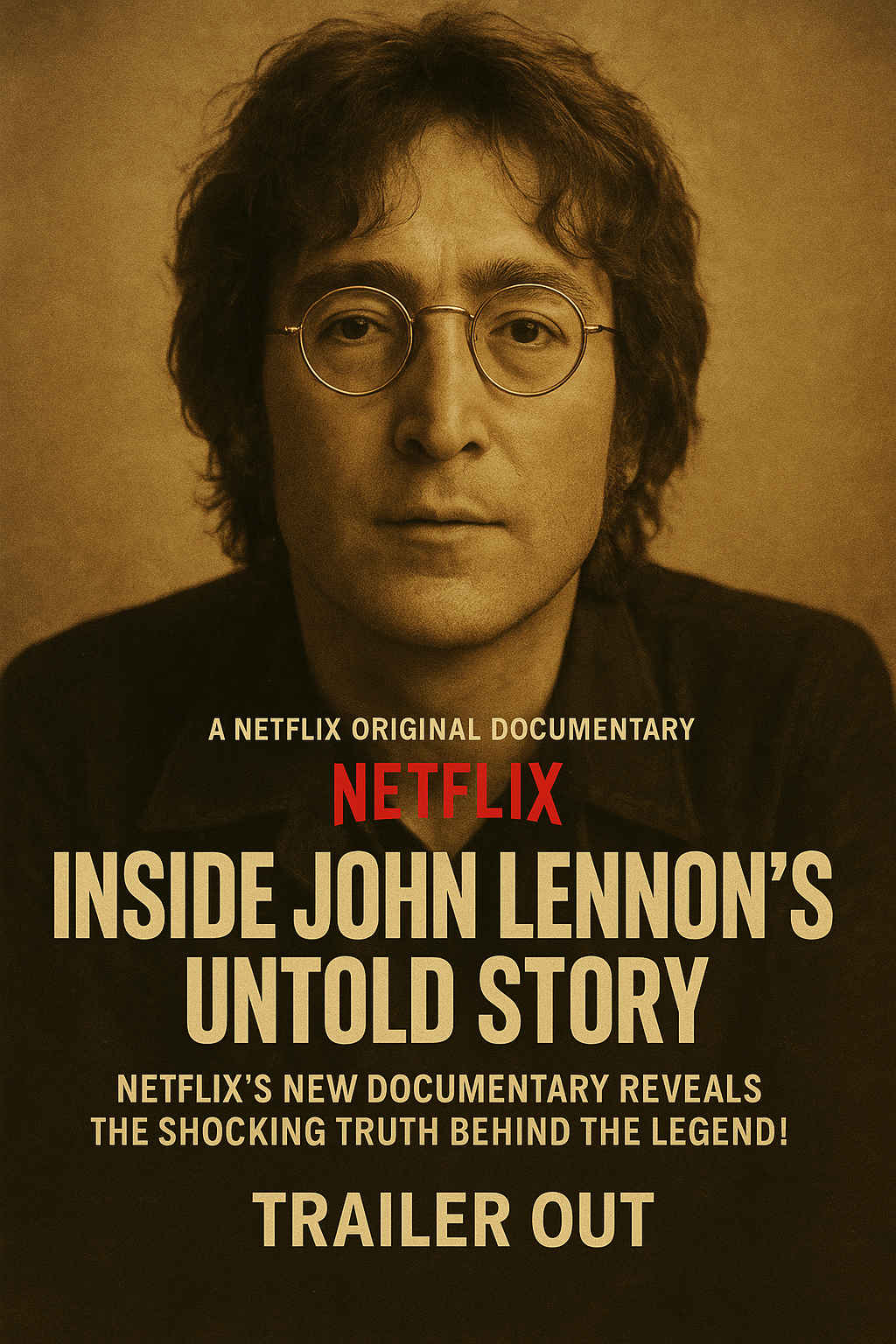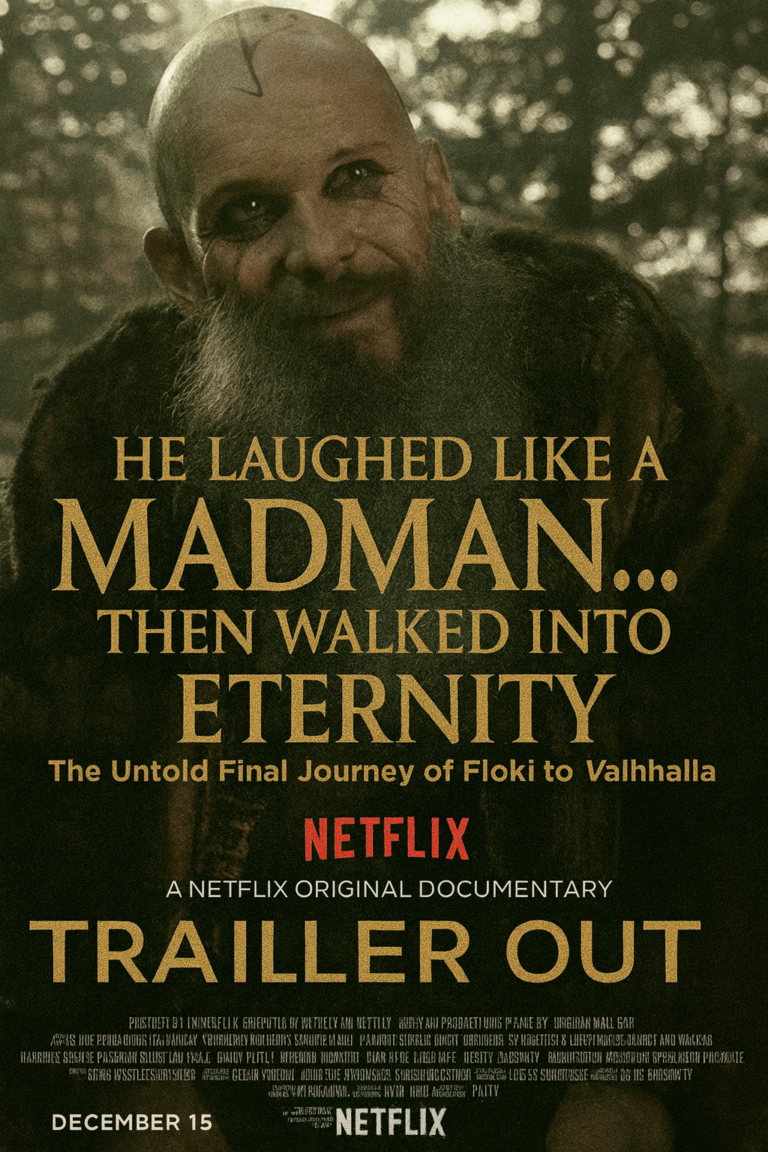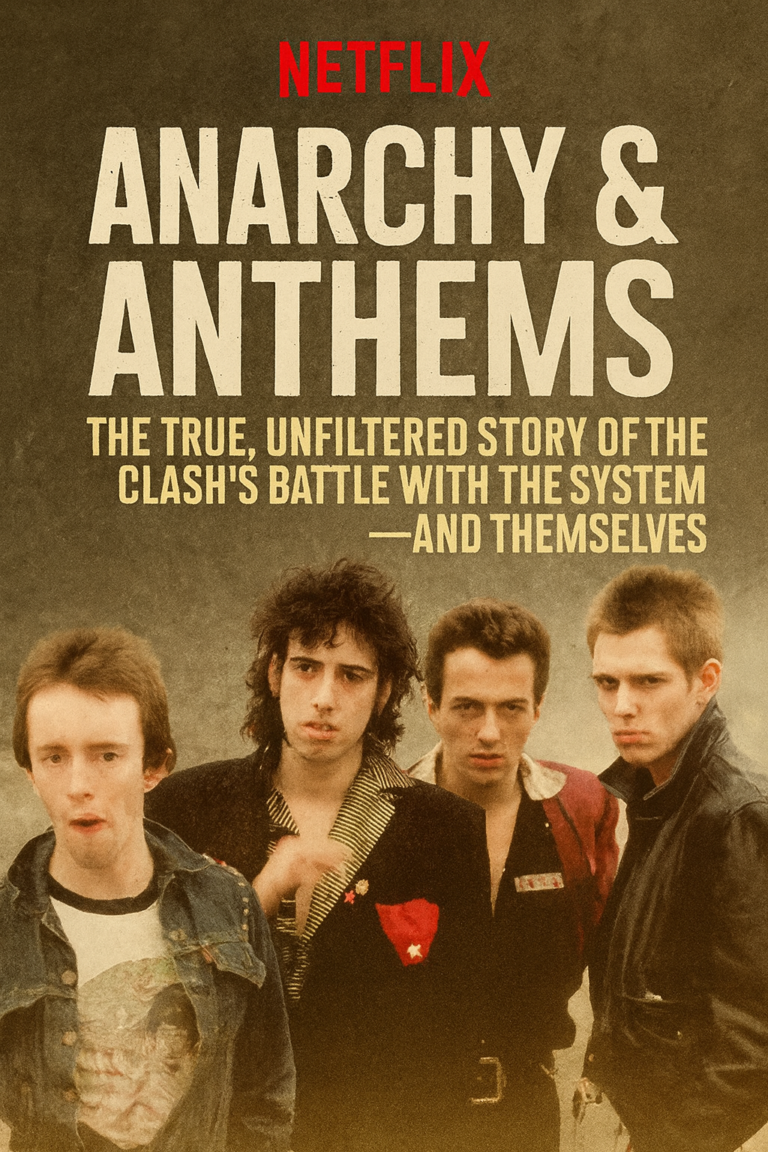
Few names in music history carry the same eternal resonance as John Lennon. The Netflix documentary series “Lennon: The Voice of a Generation” dives deep into the man behind the myth, unraveling the layers of genius, rebellion, and vulnerability that defined one of the most iconic figures in rock and roll. Through rare archival footage, intimate interviews, and digitally restored performances, the series captures the complexity of a man who reshaped music and challenged society’s norms.
The opening episode sets the tone with grainy black-and-white footage of young Lennon in Liverpool, walking the same streets that would later inspire his lyrical reflections on love and loss. His voice narrates, pulled from old recordings, as the series paints a portrait of a restless dreamer whose wit and wordplay would eventually transform The Beatles into a cultural phenomenon. The early chapters trace his journey from a troubled childhood to the first electric sparks of creative chemistry with Paul McCartney, George Harrison, and Ringo Starr.
Netflix spares no detail in showcasing the evolution of Lennon’s artistry. Viewers see his songwriting mature from catchy pop anthems to deeply philosophical statements. “Help!,” “Strawberry Fields Forever,” and “Imagine” are dissected not just as songs, but as reflections of his state of mind at different points in his life. The show skillfully weaves together historical context with emotional storytelling, reminding audiences that Lennon was both a product of his time and a challenger of it.
One of the series’ most compelling aspects is its honest exploration of Lennon’s imperfections. It does not shy away from his moments of anger, contradictions, and personal struggles. Friends, historians, and surviving family members speak candidly, painting a nuanced picture of a man who could be both deeply compassionate and intensely difficult. His relationship with Yoko Ono is given thoughtful treatment, emphasizing how their union was less about controversy and more about mutual understanding and shared vision.
Visually, the documentary is stunning. Netflix uses state-of-the-art restoration techniques to bring old performances to life, giving a sense of presence that feels almost surreal. The rooftop concert, the “Give Peace a Chance” bed-in, and the “Imagine” recording sessions are presented with a level of clarity that blurs the line between past and present. Each frame carries the weight of history, nostalgia, and artistry all at once.
As the episodes progress, “Lennon: The Voice of a Generation” explores his growing political activism and the price he paid for speaking his mind. Archival footage of protests, interviews, and letters to fans showcase a man driven by both idealism and guilt — a man who believed music could heal a broken world. The show juxtaposes his dream of peace with the world’s relentless chaos, forcing viewers to consider the burden of being both artist and activist.
One of the most emotional segments centers on Lennon’s years in New York City. The documentary reveals a more grounded, introspective Lennon, a man rediscovering his purpose as both a father and a musician. Rare recordings of conversations between him and Yoko paint a vivid picture of two artists seeking balance between fame and inner peace. It is both tender and heartbreaking, a reminder of the humanity often lost beneath his legendary status.
The final episodes move with a slow, meditative rhythm, as if mirroring Lennon’s own late-life tranquility before tragedy struck. Interviews with fans from around the world speak to his enduring influence, while music historians highlight how his solo work continues to inspire generations of artists. The series ends not on his death, but on his message — the timeless belief that love, creativity, and rebellion can coexist in harmony.
Every moment feels personal, yet universally resonant. The documentary doesn’t just chronicle his life; it lets the viewer feel it — the laughter, the frustration, the transcendence. It’s a love letter not only to Lennon’s art but to the era that shaped him and the ideals that continue to ripple through music, politics, and culture today.
October 29, 2025. Netflix’s release date feels deliberate — a symbolic nod to autumn reflection, when the world looks back at what once was. On that day, millions of fans will press play and be transported to a time when words like “peace” and “imagine” carried revolutionary weight. It’s both a tribute and a time capsule.
As the credits roll, snippets of Lennon’s voice echo softly over piano chords: “The dream is not over.” Those words, spoken decades ago, feel like they were meant for now. They remind us that his vision wasn’t tied to his lifetime — it lives in every artist who dares to speak truth through song.
In the end, “Lennon: The Voice of a Generation” is not just a documentary. It’s an experience — a deeply moving reflection on art, activism, and the fragile beauty of human imperfection. It honors John Lennon not as a saint or a symbol, but as a man who dared to imagine a better world, even when the world wasn’t ready to believe him.



